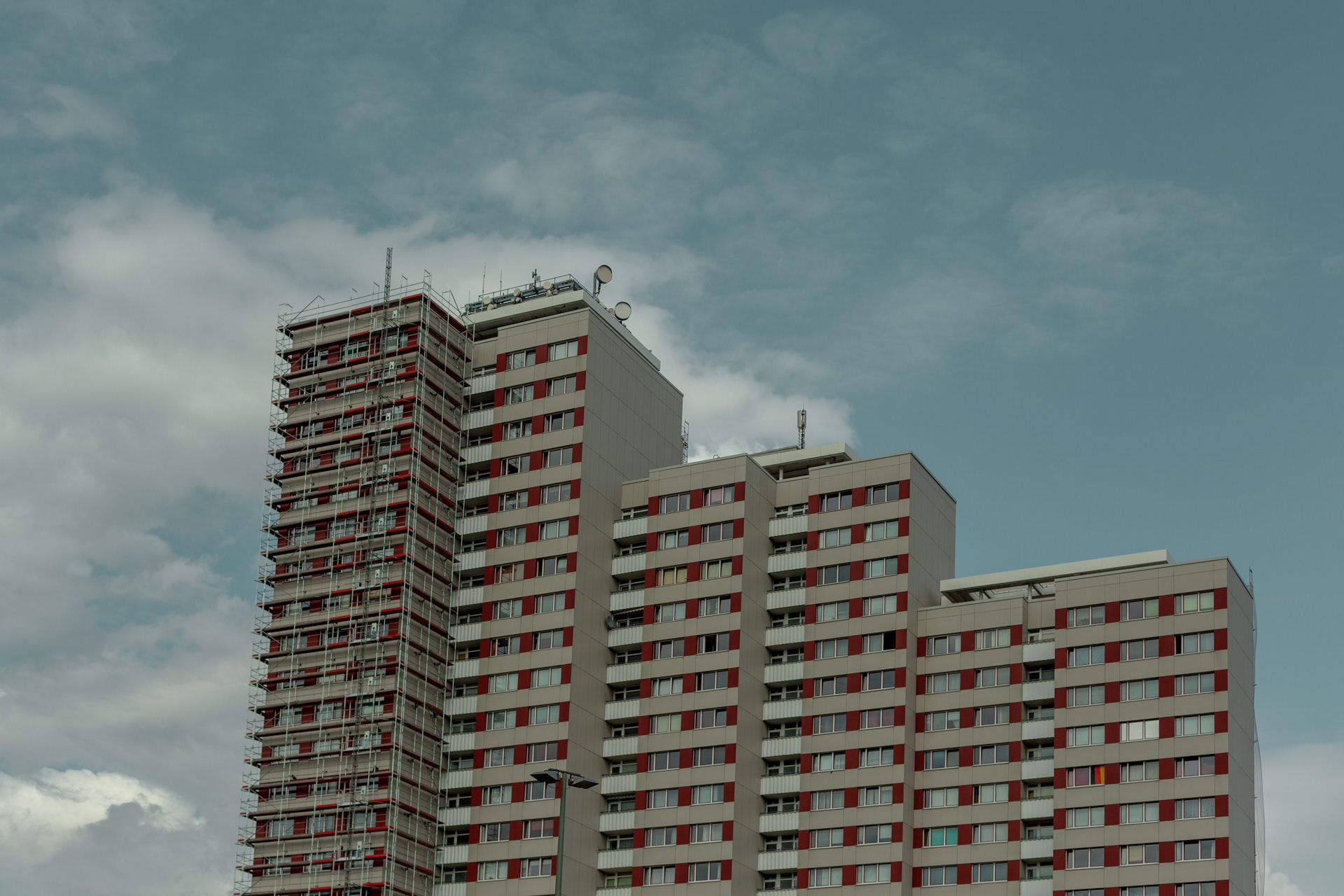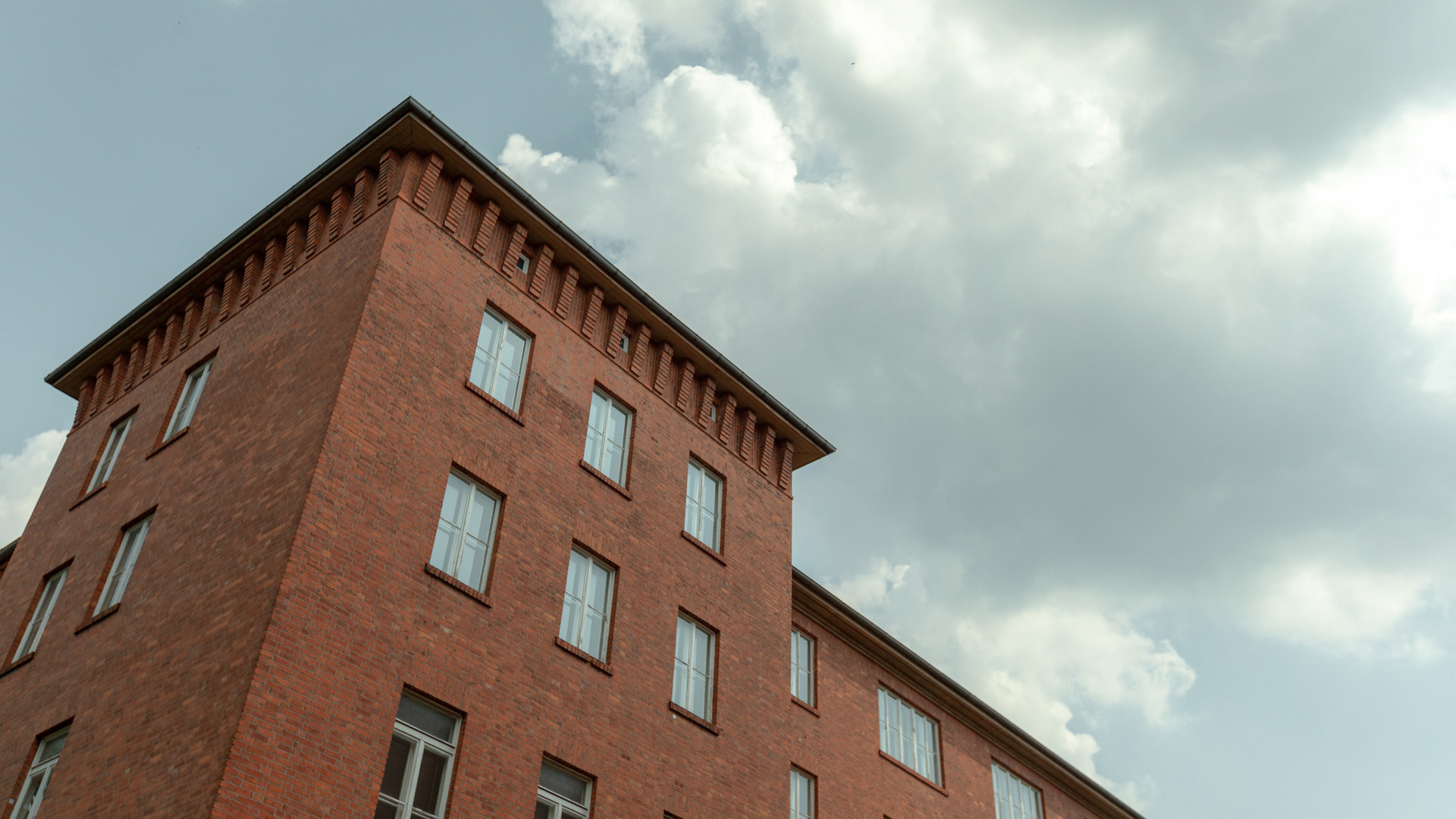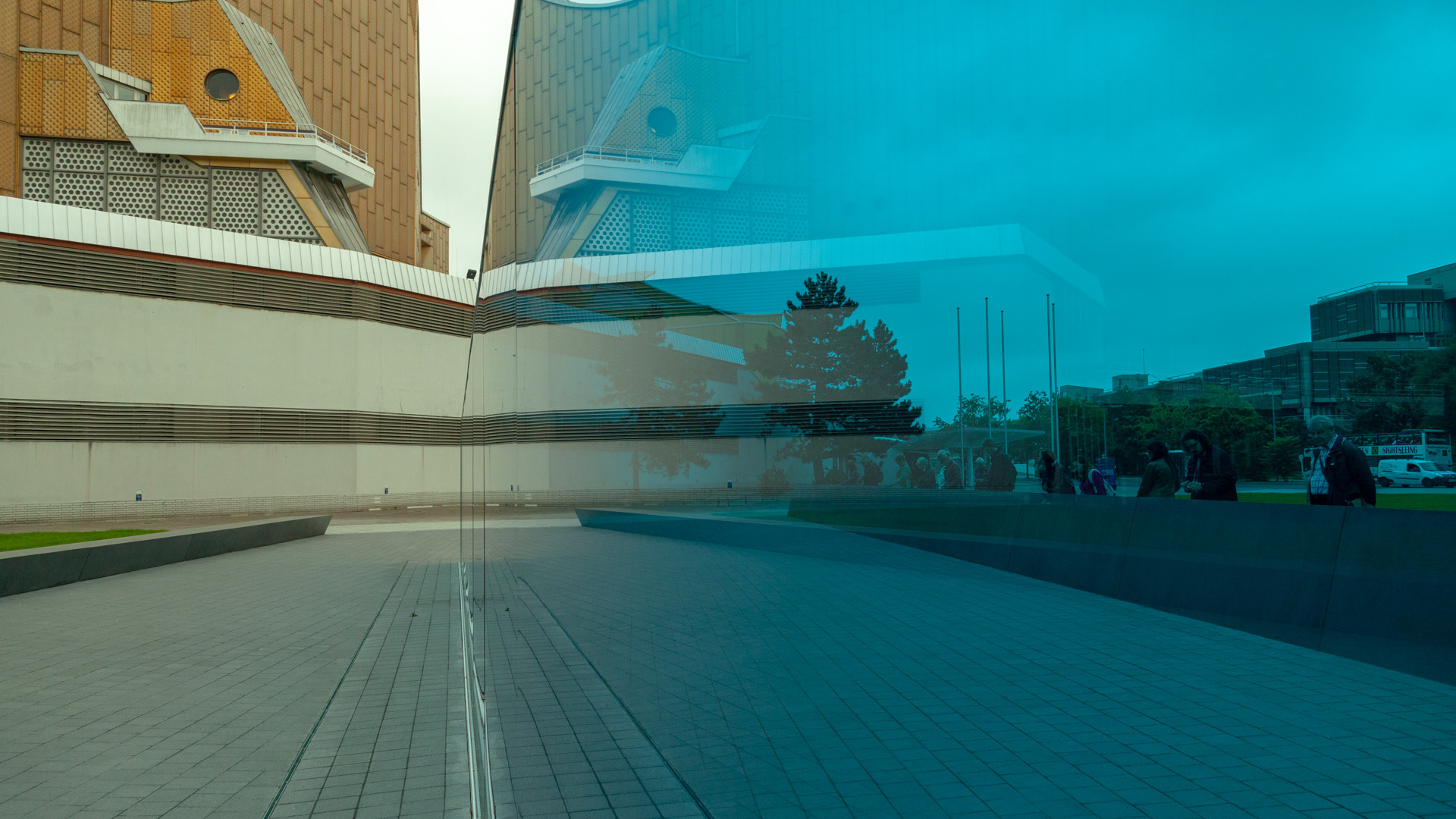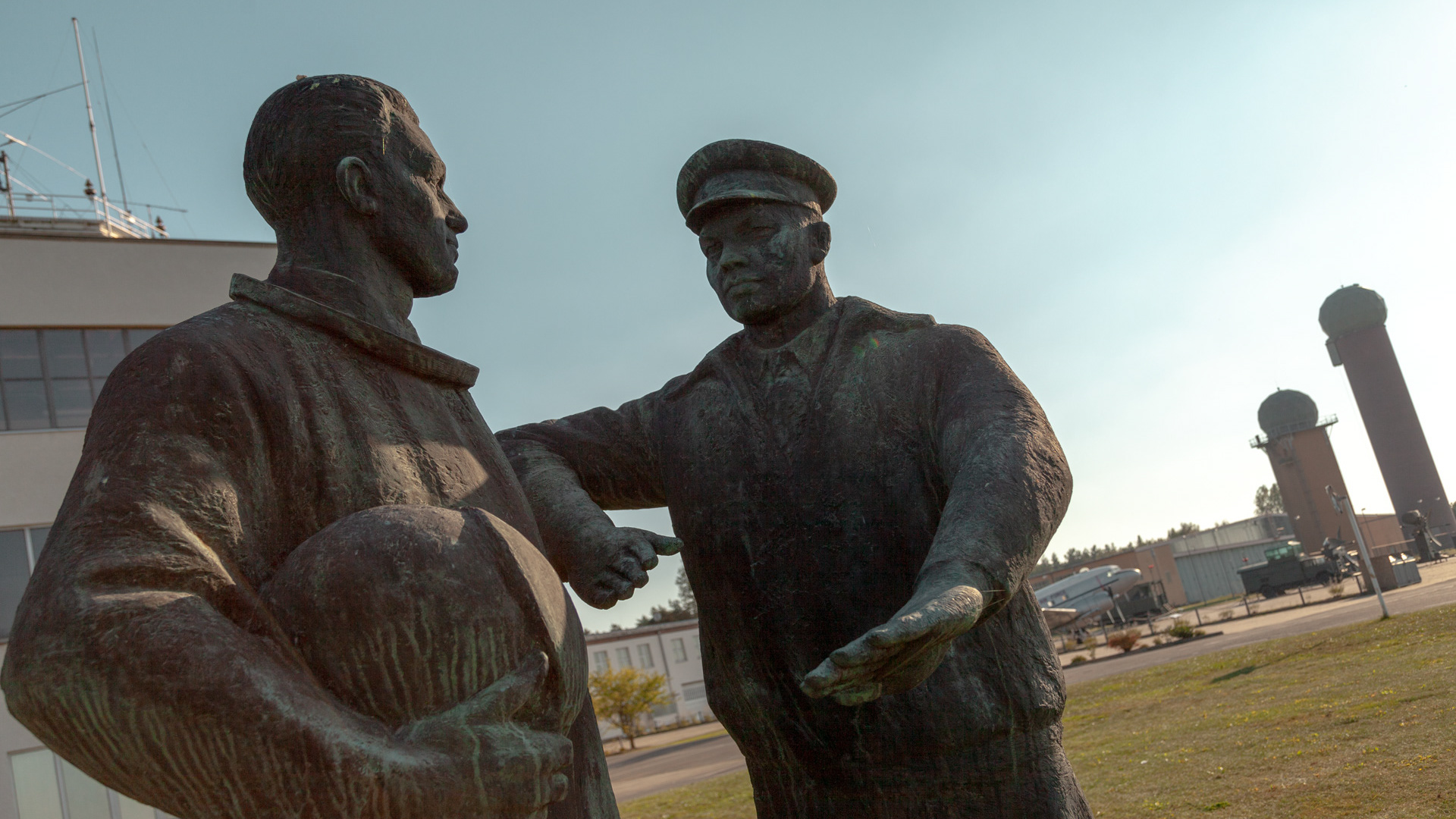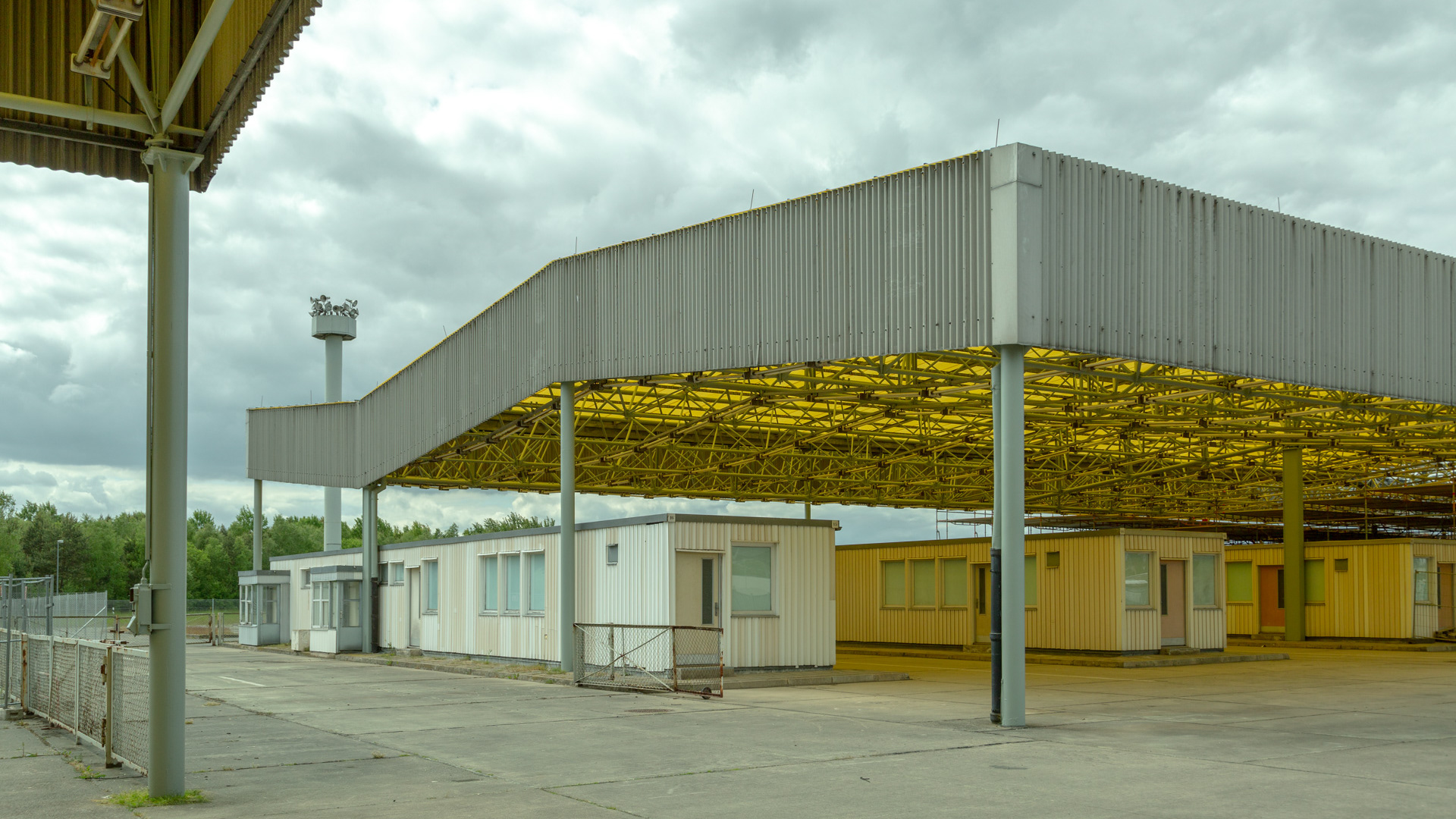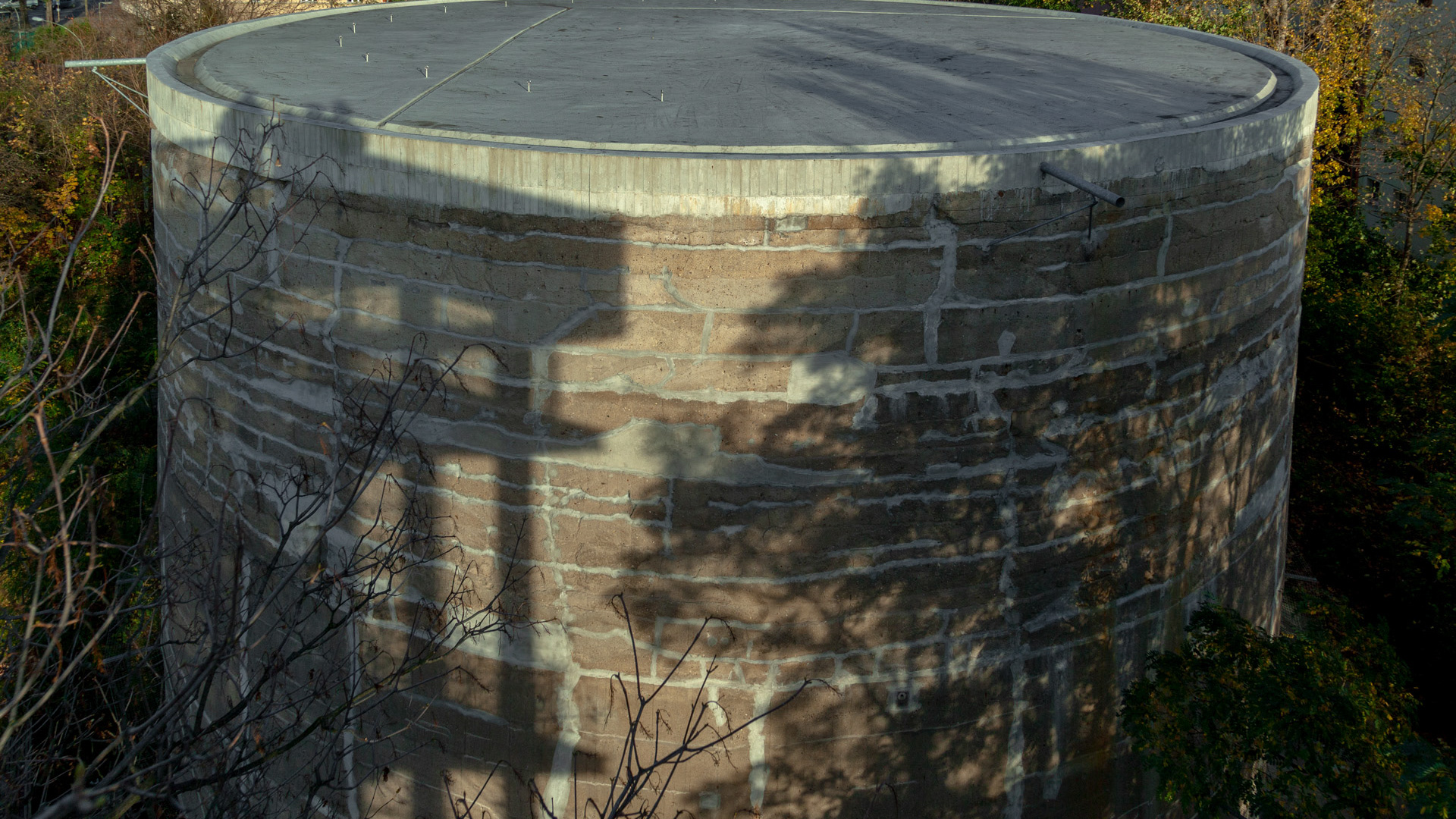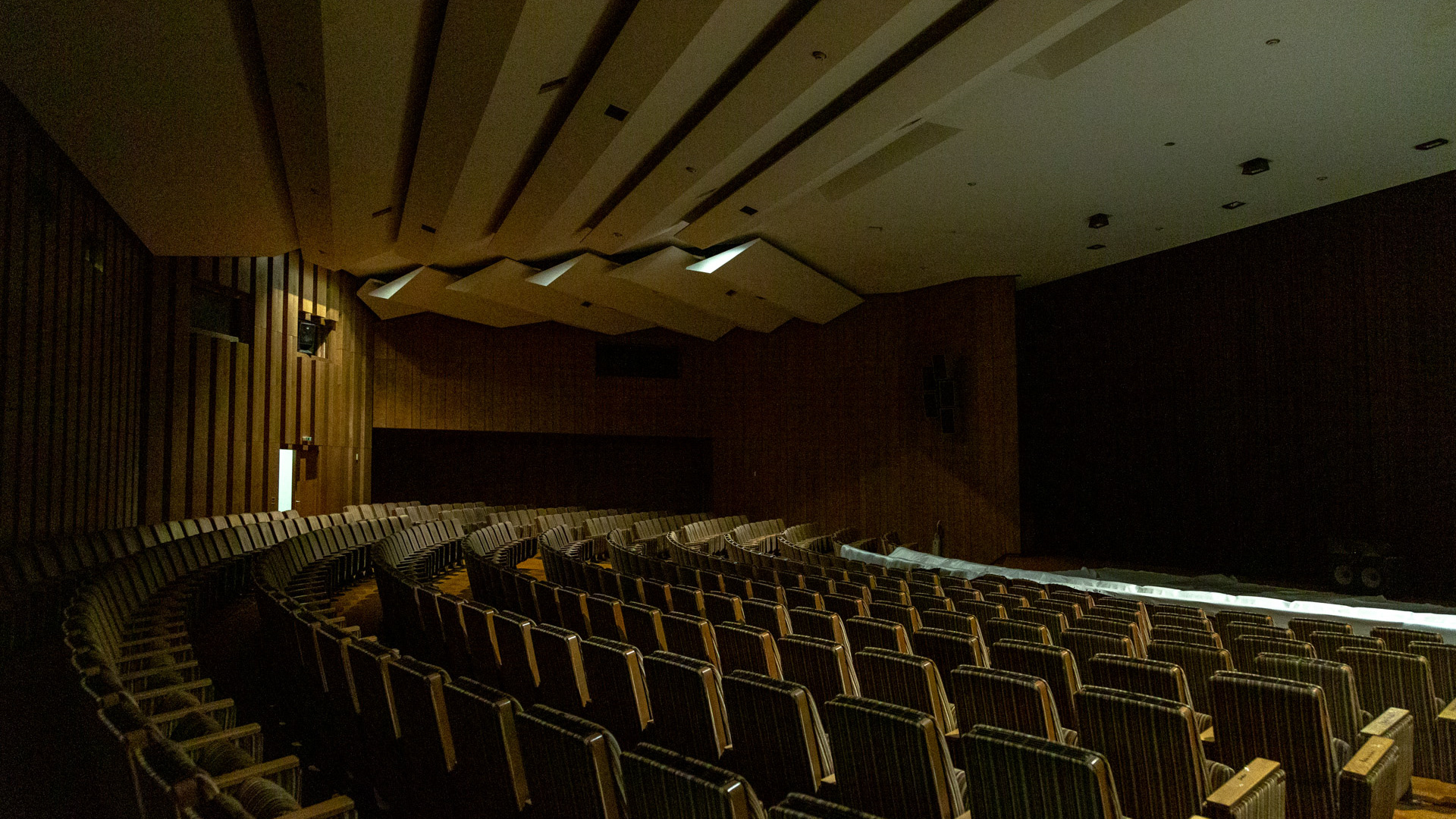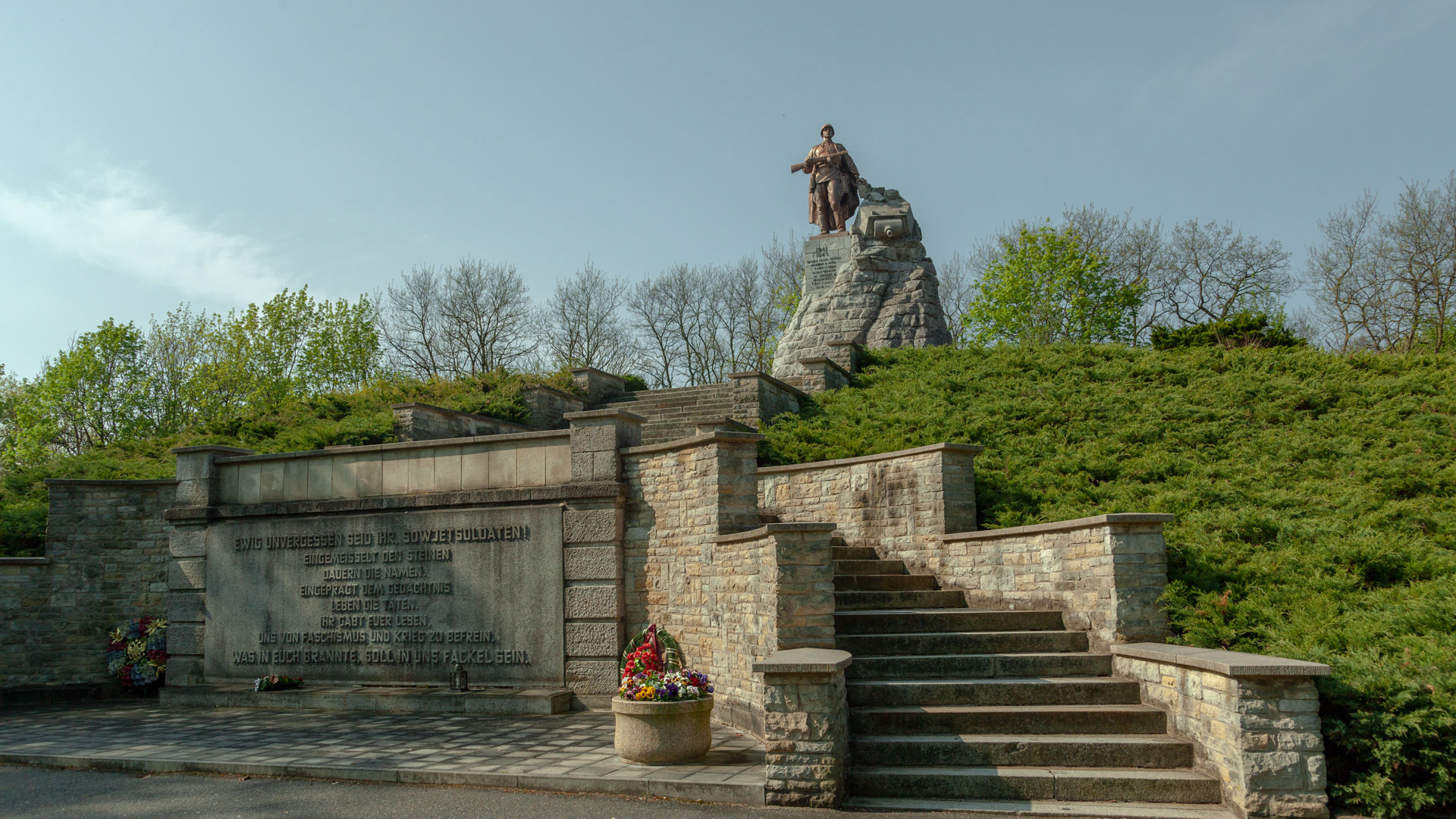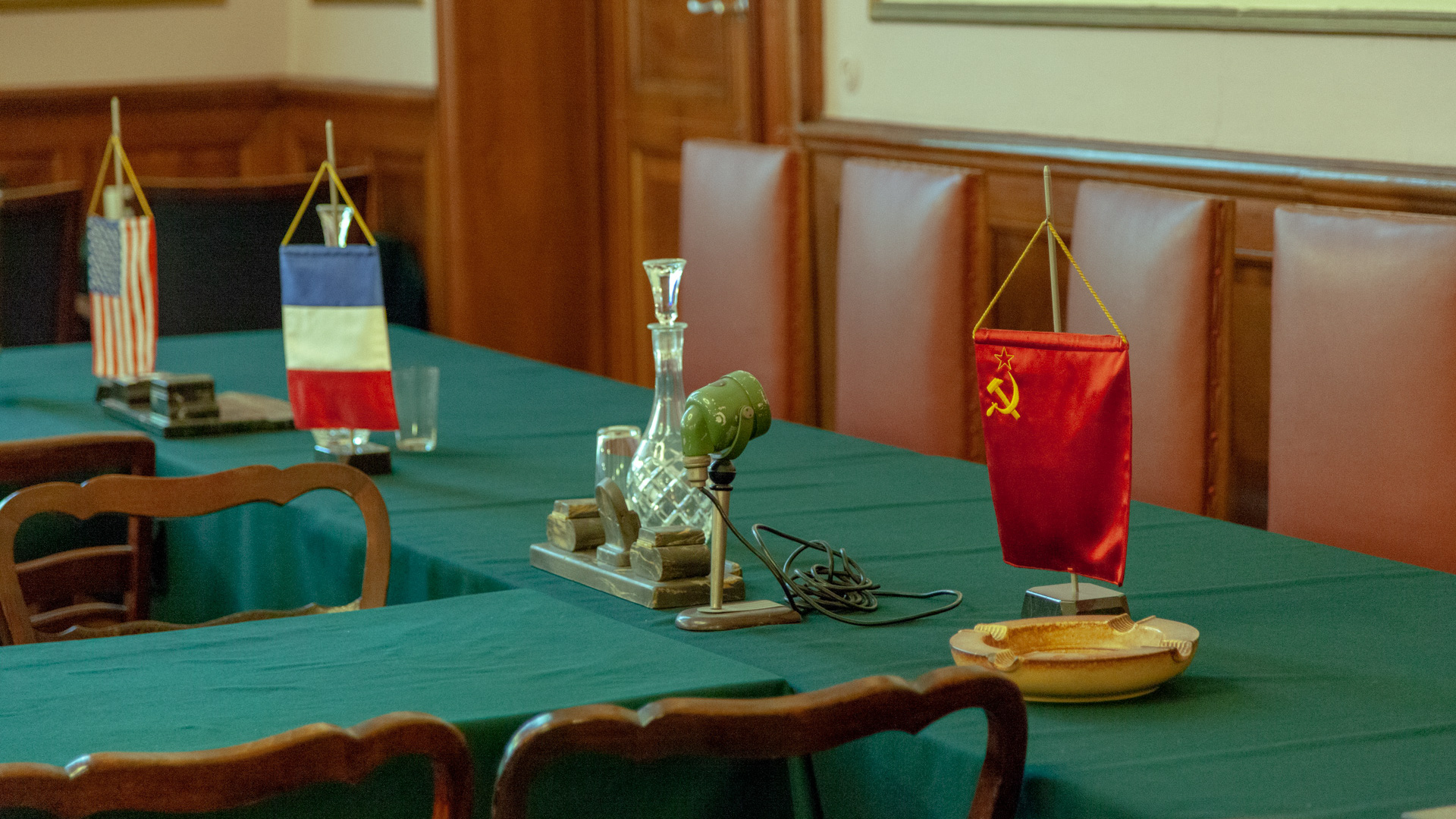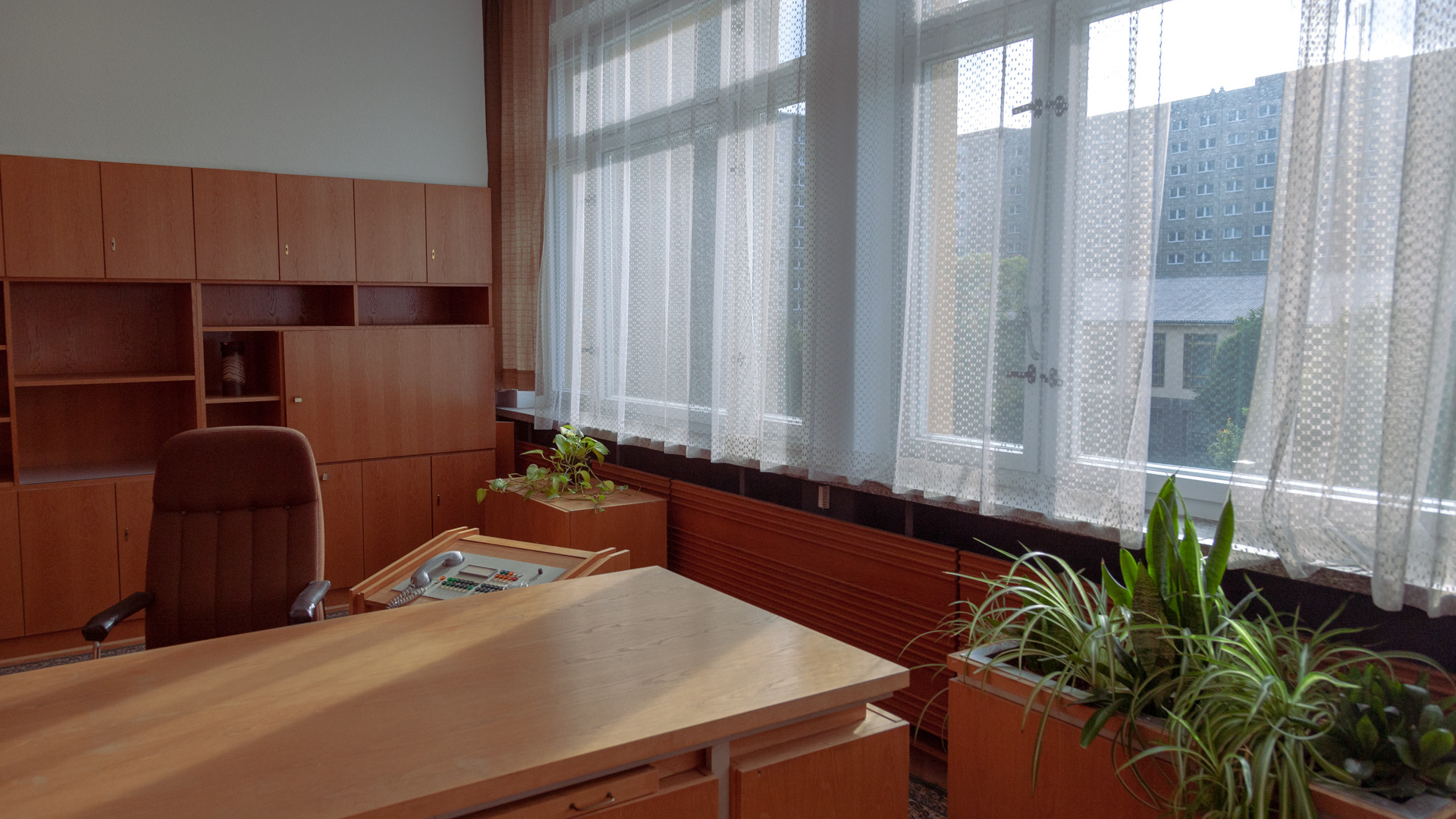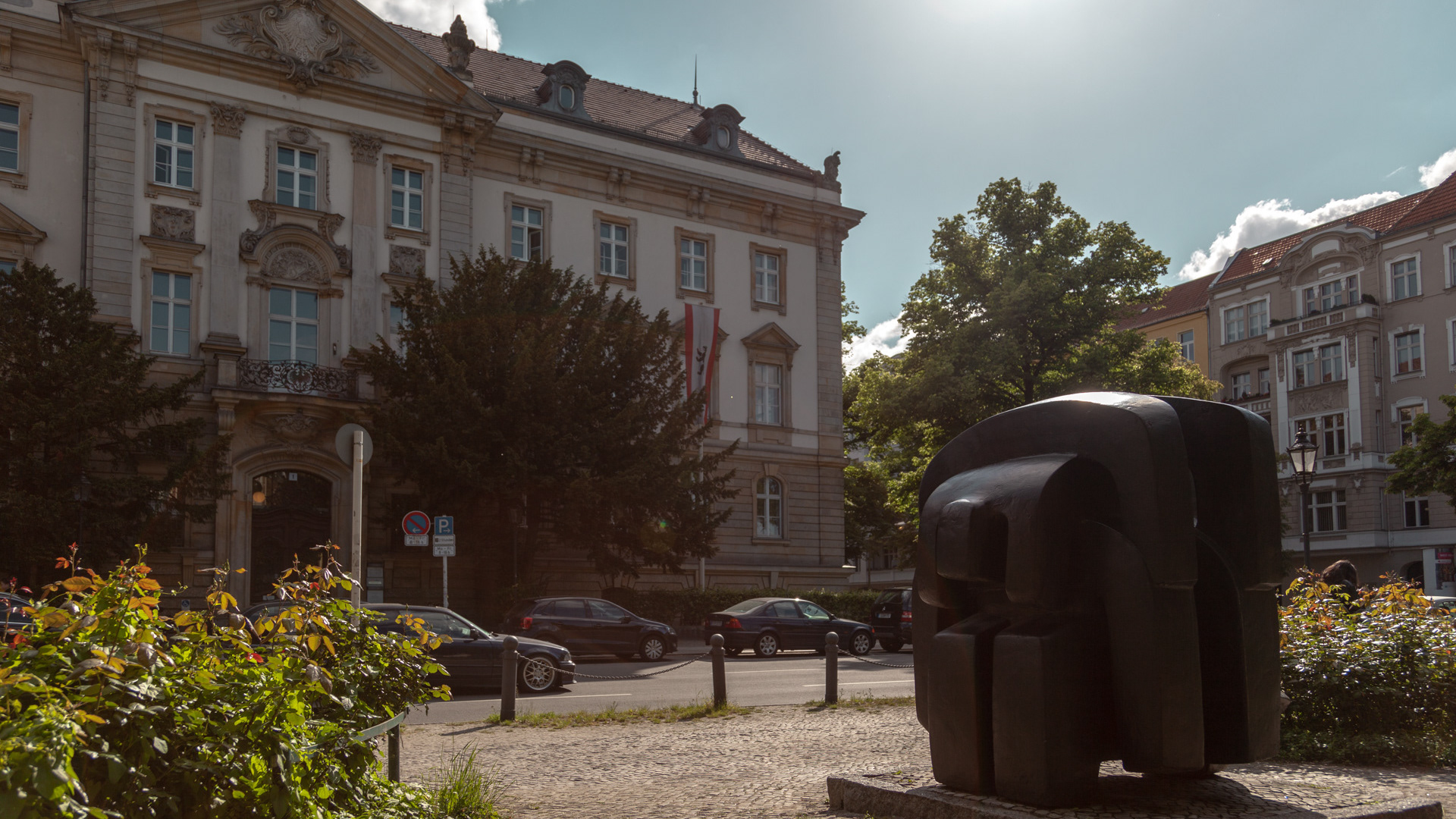Today this square (united nations square) looks very simple and quite and without a strong meaning, but before it was Leninplatz.
In the beginning here was standing the Landsberger Tor, then, after the end of the WWII this area was heavely destroyed (with the rubbish they built the 2 mountains of the Volkspark Friedrichshain just behind the square).
On the occasion of the 100th anniversary of Lenin in 1970, a completely new urban district with a newly designed Lenin Square.
The square is one of the outstanding examples of the socialist urban DDR (with one of the tallest residential buildings in East Berlin) and symbolizes the transition of the city with the old buildings on the lower Landsberger Allee with the Friedrichshain Hospital into a modern city center around Alexanderplatz.
The 19-meter high statue of Lenin stood on a circular base, 26 meters in diameter. The monument was made of red, Ukrainian granite.
In 1991 the statue has been removed, the demolition of the entire monument took several months until February 1992. Many people tried to stop the demolition or block at least, so that the work took longer than planned.
The 129 parts of the monument have been buried in the sand pit at Seddinberg at Müggelheim.
In the beginning here was standing the Landsberger Tor, then, after the end of the WWII this area was heavely destroyed (with the rubbish they built the 2 mountains of the Volkspark Friedrichshain just behind the square).
On the occasion of the 100th anniversary of Lenin in 1970, a completely new urban district with a newly designed Lenin Square.
The square is one of the outstanding examples of the socialist urban DDR (with one of the tallest residential buildings in East Berlin) and symbolizes the transition of the city with the old buildings on the lower Landsberger Allee with the Friedrichshain Hospital into a modern city center around Alexanderplatz.
The 19-meter high statue of Lenin stood on a circular base, 26 meters in diameter. The monument was made of red, Ukrainian granite.
In 1991 the statue has been removed, the demolition of the entire monument took several months until February 1992. Many people tried to stop the demolition or block at least, so that the work took longer than planned.
The 129 parts of the monument have been buried in the sand pit at Seddinberg at Müggelheim.
